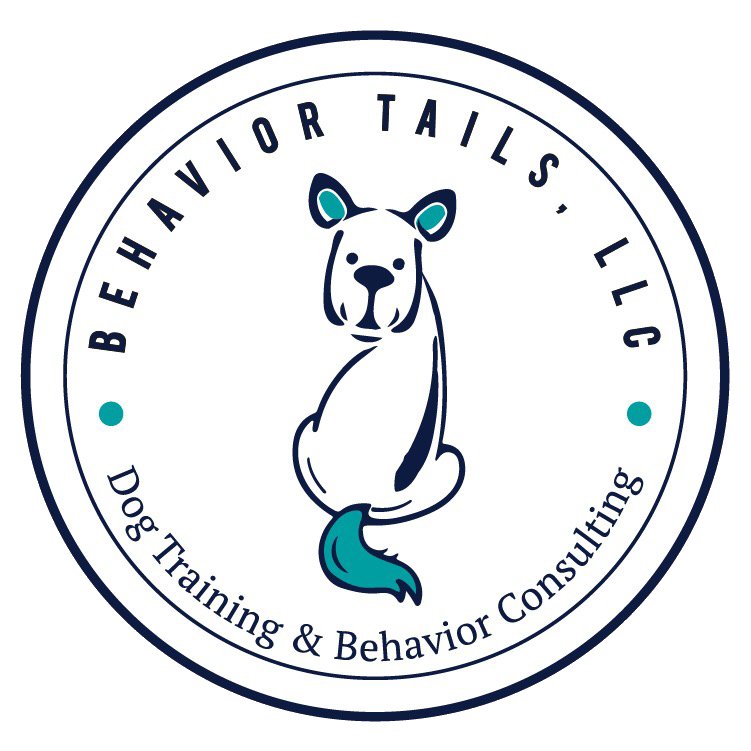Part 1: Learning to Read Body Language
When living and working with dogs the most important skills we can learn is how to read body language. Not only will it clue you in to a whole new world on information but it can save you from injuries, accidents and so much more. Dogs speak volumes using the various parts of their body but we have to stop and watch instead of just assuming and continuing to push. In most of my training sessions I encourage relaxed leashes and warm up exercises that give the dogs a chance to move their bodies so I can look for clues about how they’re feeling that day. Reading dog body language is a skill that needs to be learned and practiced. Its important to learn what is ‘normal’ for your dog and what are the signs that something concerning is going on? If your dog has a naturally high tail or stiff body posture its important to look for the smaller details, the shifting of the eyes, the shift of weight, the way they eat a treat from your hand (or don’t), what direction are the paws facing?
The way to get started reading body language is to look at their T.E.M.P.
T: Tail
E: Ears / Eyes
M: Mouth
P: Posture
You’re going to take my temp??
Tail: Is it low? high? neutral to the spine? Where is it normally and how far from normal is it? Is it moving? Slowly? Quickly? Does it look stiff or is it wiggly? Is the whole hip area on the dog wiggling or is it just the tail? A wagging tail doesn’t mean a happy dog. We need to look at how it is moving.
Ears: are they forward? back? pinned? moving? If you have a dog with cropped ears or really long (think Bloodhound) ears you want to make sure you’re looking at the base of the ears where it attaches to the head and not just at the tip of the ears.
Eyes: are they staring at something? darting around? avoiding eye contact? whale eye (where you can see the white of the eye as a half crescent around the color)? fixed? how big/small is the pupil? Is the dog squinting? Eyebrows furrowed?
Mouth: Is the mouth open? closed? are the whiskers pushed forward or backward? Can you see teeth? Just the front teeth or every tooth in the mouth? Is there panting occurring? Are you seeing any lip licking? Barking? Growling? showing teeth? Tight lipped? Were they panting and then they stopped? Are they panting excessively? Drooling?
Posture: Where is the weight? Is the dog leaning forward/toward something or away from it? Are they stiff and straight or curved? Are they wiggly? Still? Moving fast/slow? Head high or low? Shoulders hunkered? whole body curved into a C shape?
We want to look at the whole dog and always be curious. Ask what is going on. Watch what changes. Change something and see what else changes. If you are unsure then stay curious and keep working on the details. It can help to take videos or watch other peoples dogs to really hone your skills. Come join us for play groups and ask us to narrate what is going on.







